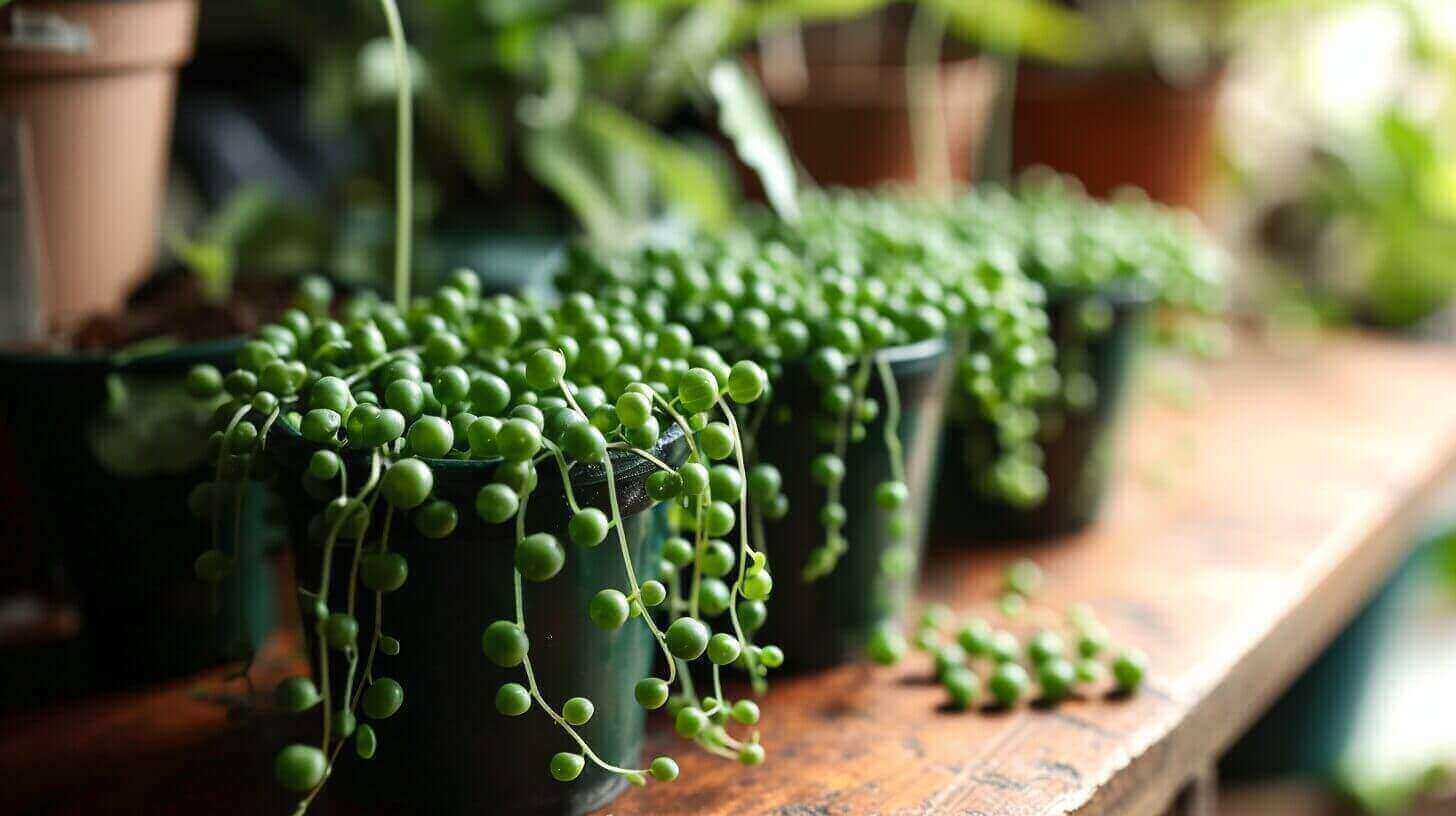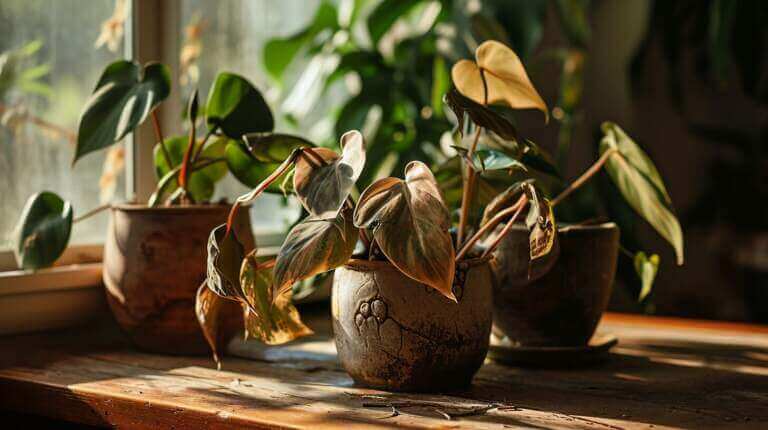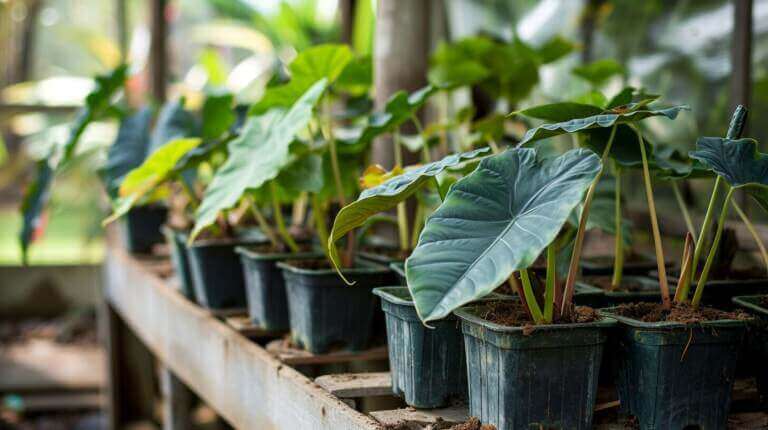How to Propagate String of Pearls Succulents: A Step-by-Step Guide
String of pearls (Curio rowleyanus) is a popular succulent known for its unique appearance and trailing stems. It can be easily propagated through stem cuttings, making it a great choice for beginner gardeners.
In this step-by-step guide, I will cover the different methods of propagating string of pearls and provide detailed instructions on each method. By following these steps, you can successfully propagate your own string of pearls plants and expand your indoor garden collection.
Key Takeaways:
- String of pearls succulents can be propagated through stem cuttings.
- There are different methods of propagating string of pearls, including soil propagation and water propagation.
- Proper care and maintenance, such as providing adequate light and watering sparingly, are essential for the success of propagated string of pearls plants.
- Using rooting hormone and misting the soil can increase the success rate of propagation.
- Common issues in string of pearls propagation include root rot and overwatering, which can be avoided with proper drainage and moisture management.
Understanding String of Pearls Plant Propagation
String of pearls, also known as Curio rowleyanus, can be propagated through stem cuttings. This method involves taking a portion of the plant’s stem and encouraging it to develop roots. There are different methods of propagating string of pearls, each with its own benefits and success rates. By understanding these methods, you can choose the one that suits you best and increase your chances of successful propagation.
One method of propagating string of pearls is by laying the cuttings on the soil surface. This method is simple and requires minimal effort. Another option is planting the cut ends of the stem directly into the soil. This method provides more stability for the cuttings and allows them to establish roots more quickly. Alternatively, you can root the cuttings in water. This method allows you to easily monitor the development of roots before transplanting the cuttings into soil.
Key Methods of Propagation
- Laying cuttings on the soil surface
- Planting cut ends in soil
- Rooting cuttings in water
Each method has its own advantages and success rates, so it’s important to choose the one that aligns with your preferences and skill level. Experimentation may be needed to determine the most effective method for you. String of pearls is a beautiful succulent, and propagating it can be a rewarding experience that allows you to expand your indoor garden collection.
| Method | Advantages | Success Rate |
|---|---|---|
| Laying cuttings on the soil surface | Easy and low maintenance | Moderate |
| Planting cut ends in soil | Quick root development | High |
| Rooting cuttings in water | Allows for monitoring of root development | Moderate |
Propagating String of Pearls in Soil: Step-by-Step Guide
To propagate your string of pearls in soil, follow these step-by-step instructions:
- Select a healthy stem from the mother plant and make a clean cut just below a leaf node.
- Prepare a small pot with succulent soil mix, leaving about an inch of space at the top.
- Moisten the soil lightly and make a hole in the soil using a pencil or chopstick.
- Place the cutting in the hole, ensuring that several nodes are beneath the soil surface.
- Gently pat the soil around the cutting to hold it in place.
- Keep the soil lightly moist and place the pot in a warm spot with bright, indirect light.
- The cuttings should root within three to four weeks.
“By planting the cuttings in a succulent soil mix and providing the right conditions, you can successfully propagate your string of pearls plants in soil.”
Table: Comparison of String of Pearls Propagation Methods
| Methods | Success Rate | Rooting Time | Additional Care |
|---|---|---|---|
| Propagation in Soil | High | 3-4 weeks | Keep soil moist, provide bright, indirect light |
| Propagation in Water | Moderate | 3-4 weeks | Change water if cloudy, provide bright, indirect light |
| Methods | Success Rate | Rooting Time | Additional Care |
|---|---|---|---|
| Propagation in Soil | High | 3-4 weeks | Keep soil moist, provide bright, indirect light |
| Propagation in Water | Moderate | 3-4 weeks | Change water if cloudy, provide bright, indirect light |
Tips for Successful String of Pearls Propagation in Soil
- Choose a healthy stem with no signs of damage or disease.
- Use a well-draining succulent soil mix specifically formulated for cacti and succulents.
- Ensure the cutting has several nodes below the soil surface for better root development.
- Provide the cuttings with bright, indirect light to encourage healthy growth.
- Maintain proper moisture levels by lightly misting the soil or watering sparingly.
Propagating String of Pearls in Water: Step-by-Step Guide
Another popular method of propagating string of pearls is by rooting the cuttings in water. This method is relatively easy and allows you to observe the root development process. Follow these steps to propagate string of pearls in water:
- Select a healthy stem from the mother plant.
- Make a clean cut just below a leaf node using a sharp, sterile knife or scissors.
- Fill a small glass or jar halfway with fresh, room-temperature water.
- Place the cuttings in the water, making sure the nodes on the bare end of the stem are submerged while keeping the leaves above the water line.
- Position the glass or jar in a warm spot with bright, indirect light.
- Change the water every few days to prevent it from becoming cloudy.
- After three to four weeks, when the roots have grown to about an inch in length, the cuttings are ready to be transplanted into a small pot with succulent soil mix.
Rooting string of pearls cuttings in water allows you to closely monitor the development of roots. It’s important to ensure that the water remains clean and clear to prevent any issues with rot or decay. Once the roots have formed, transplanting the cuttings into soil will provide the necessary nutrients and support for healthy growth.
Maintaining and Caring for Propagated String of Pearls
Once you have successfully propagated your string of pearls plants, it is important to provide them with proper care to ensure their continued health and growth. Caring for propagated string of pearls involves attention to watering and light requirements.
Watering
String of pearls is a succulent plant that prefers well-draining soil and does not tolerate overwatering. It is essential to allow the soil to dry out between waterings to prevent root rot. During the growing season, which is typically spring and summer, you may need to water more frequently, but always monitor the moisture level of the soil. A good rule of thumb is to water when the top inch of soil feels dry to the touch. Remember to water sparingly and avoid saturating the soil.
Light Requirements
String of pearls plants thrive in bright, indirect light. Place them in a location that receives ample sunlight, but avoid exposing them to direct sunlight, as this can cause leaf burn. A south-facing window or a spot with filtered light is ideal. If you notice that the leaves are turning yellow or starting to stretch, it may be a sign that the plant is receiving too much light. On the other hand, if the leaves appear pale or start to lose their vibrant color, it may be an indication that the plant is not receiving enough light. Adjust the position of the plant accordingly to provide the optimal amount of light.
| Watering | Light Requirements |
|---|---|
| Allow the soil to dry out between waterings | Thrives in bright, indirect light |
| Water sparingly, avoiding overwatering | Place in a location with ample sunlight |
| Monitor soil moisture level | Avoid direct sunlight to prevent leaf burn |
| Water more frequently during the growing season | Adjust plant position to optimize light exposure |
Tips and Tricks for Successful String of Pearls Propagation
In order to achieve successful string of pearls propagation, there are several tips and tricks that can greatly increase your chances of success. One effective technique is to use a rooting hormone, which helps to stimulate root growth and improve the overall success rate of your cuttings. Applying a small amount of rooting hormone to the cut end of the stem before planting it can significantly enhance the development of new roots.
Another helpful tip is to mist the soil lightly every few days. This helps to keep the soil moist without overwatering, which can be detrimental to the health of your cuttings. By misting the soil regularly, you can create a humid environment that promotes root growth and overall plant development.
It’s also important to choose a well-draining soil mix specifically designed for succulents when propagating string of pearls. This type of soil allows excess water to drain away quickly, preventing the risk of root rot and other water-related issues. A proper succulent soil mix will provide the necessary nutrients and drainage for optimal growth.
| Tip | Description |
|---|---|
| Use a rooting hormone | Applying rooting hormone to the cut end of the stem before planting can enhance root growth. |
| Mist the soil regularly | Lightly misting the soil every few days helps to keep it moist without overwatering. |
| Choose a well-draining soil mix | Using a soil mix specifically designed for succulents ensures proper drainage and prevents root rot. |
“Using a rooting hormone has greatly improved the success rate of my string of pearls propagation. I’ve noticed a significant increase in root growth and overall plant health since incorporating this technique into my propagation process.” – Succulent enthusiast
Additional Tips:
- Avoid overwatering your string of pearls cuttings, as this can lead to root rot. Allow the soil to dry out between waterings to prevent excessive moisture.
- Provide bright, indirect light for your propagated string of pearls. Placing them near a window with filtered sunlight is ideal.
- Be patient and give your cuttings time to establish roots and acclimate to their new environment before expecting significant growth.
Troubleshooting Common Issues in String of Pearls Propagation
When propagating string of pearls, it’s important to be aware of common issues that may arise during the process. By understanding and addressing these problems, you can increase your chances of successful propagation and ensure the health of your plants. Two of the most common issues are root rot and overwatering, which can significantly impact the growth and survival of your string of pearls cuttings.
Root Rot
Root rot is a fungal disease that occurs when the roots of a plant are constantly exposed to excess moisture. This is a common problem with string of pearls, as they are sensitive to overwatering. To prevent root rot, it is crucial to use a well-draining soil mix specifically designed for succulents. This type of soil will allow excess water to drain away from the roots, preventing them from becoming waterlogged. Additionally, ensure that the pots or containers you use have drainage holes to further facilitate proper drainage.
“Root rot can quickly lead to the death of your string of pearls plants if not addressed in a timely manner. It’s important to strike a balance between providing enough moisture for the cuttings to root and allowing the soil to dry out between waterings.”
Overwatering
Overwatering is a common mistake when propagating string of pearls. While it’s important to keep the soil lightly moist during the rooting process, it’s equally important to avoid overwatering. Overwatering can lead to root rot and other issues, such as stem rot and mold growth. To prevent overwatering, allow the top inch of soil to dry out between waterings. Use the “finger test” by inserting your finger into the soil up to the first knuckle. If the soil feels dry at that depth, it’s time to water. If it’s still moist, wait a few more days before watering.
By troubleshooting these common issues and following the proper care instructions, you can increase your chances of successful string of pearls propagation and enjoy a thriving indoor garden collection.







